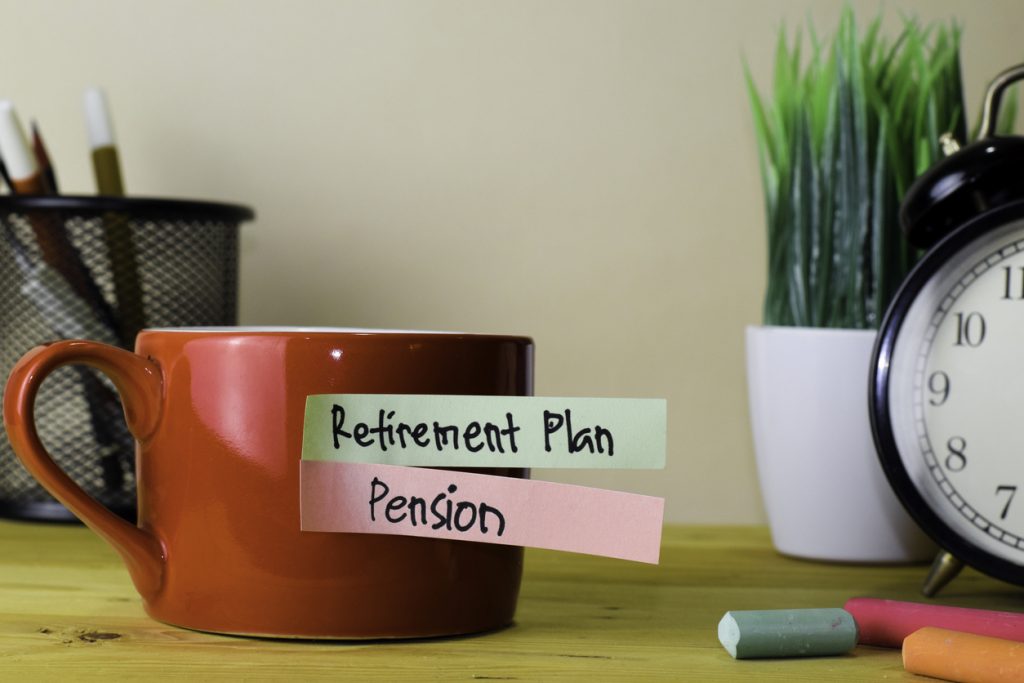From changes in taxation that make holding investments in a company less attractive to COVID-19’s effect on sales and profitability, to the threat of inflation, it hasn’t been the most favourable environment for small businesses owners and their ability to save in recent years. Many are feeling the pinch, one that risks putting a damper on long-term retirement plans.
Individual Pension Plans — or IPPs — have been around for a long time but often get overlooked by small businesses as an effective tool to grow your retirement nest egg. RRSPs — and TFSAs more recently — garner more attention. But if you’re a small business owner, IPPs are worth taking a second (or even first) look.
IPPs enable business owners and their key employees to set up a pension plan rivalling some of the richest defined pension plans around, on par with those in the public sector. With an IPP, the contributing business receives significant tax deductions for its pension contributions and the business owner and employees retire years in the future with potentially extremely comfortable retirement savings.
How does an IPP actually work?
Meet Mary, 45 years old, who owns a small business. With the help of an independent actuary or insurance or investment company, her company sets up an IPP for her and her employees, including her son and daughter who also work for the family business. The plan calls for her company to contribute a certain amount each year to the pension – one that’s typically higher than the maximum allowed for an RRSP – and that annual amount rises as Mary gets older.
One advantage of an IPP is that, as time passes, if market returns on the pension investments are lower than expected, the plan schedule can be revised by the actuary — so, Mary (as well as other plan members, of course) would receive a supplementary pension contribution from the company to make up for the low returns and the business would benefit from an even greater tax deduction. And what happens if market returns on the pension investments go through the roof? Mary and her business benefit in that scenario too. The company can pause its pension contributions, enabling employees to dust off their individual RRSP plan and make contributions there – even while savings in the IPP continue to rise. The bottom line? No matter which way the market goes, Mary, her employees and the small business benefit.
IPPs also allow employees to benefit from pension contribution room retroactively. So, if Mary started her company 10 years ago but only sets up an IPP today, her 10 prior years with the company are added as additional pension contribution room (assuming she hasn’t made RRSP contributions in those years).
IPPs are also creditor-proof, so if a business goes under, the pension plan lives on.
And here’s one more great IPP feature: if Mary retires or passes away before using up her entire pension savings, an IPP allows the value of those pension savings to be transferred to her son’s and daughter’s pension – effectively Mary’s unused pension becomes an asset belonging to her children without any income tax owing until, of course, they start receiving their own IPP pension when they retire.
Finally, here are a few more answers to common questions about IPPs:
- Why not just stick with an RRSP? RRSPs have fallen far behind what pensions can do and can be quite disadvantaged compared to pension plans. For starters, the amount you can put into an RRSP is far less than the IPP contribution limit. And there’s absolutely no guarantee or reliable RRSP savings amount you can count on when you hit 71. If your investments are successful, you’ll have more to live off of in retirement, but if they haven’t been successful or you weren’t able to put in enough at the right time, you’ll pay the price for the rest of your life.
- Does it matter how old you are to start an IPP? It’s usually more advantageous to buy into an IPP if you’re over 40 years old. That’s because, with an IPP, you’re buying a fixed or guaranteed amount of benefit for every year of service, so it will cost the company more as your annual pension benefit gets closer to your retirement. If you’re in your 20s or 30s, the amounts set aside for the IPP can be quite low and it’s arguably better to just stick with an old-fashioned RRSP.
- What more do I need to make an IPP work? You have to be employed by a company – so if you’re a small business owner who is a sole proprietor an IPP won’t be right for you. You’ll have to receive a taxable T4-type salary from your company, as opposed to dividend income, and that salary usually needs to be north of $120,000 a year for an IPP to be worth your while.
Got more questions about IPPs or other aspects of retirement and estate planning? Please don’t hesitate to reach out to us at any time.

